Understanding the 4JA1 Crankshaft Pulley
The 4JA1 crankshaft pulley is an integral component in the automotive industry, playing a pivotal role in the functionality of engines. This pulley is part of the engine's bottom end, connecting to the crankshaft, and is responsible for transmitting mechanical power to various parts of the vehicle through the drive belts.
Types and Applications
Crankshaft pulleys like the 4JA1 come in various designs, each tailored to fit specific engine models and applications. They are crucial in a myriad of machinery, including motor vehicles, as well as heavy-duty construction equipment such as excavators and road graders. The versatility of these pulleys allows them to be a universal solution in the realm of engine design and maintenance.
Features and Materials
The construction of a 4JA1 crankshaft pulley typically involves robust materials such as steel or iron, ensuring durability and longevity. These materials are chosen for their ability to withstand the stresses of engine operation. The pulley's design includes features that accommodate drive belts and ensure efficient power transmission without slippage.
Advantages of Proper Maintenance
Maintaining the 4JA1 crankshaft pulley is essential for the smooth operation of an engine. A well-maintained pulley ensures that the engine runs efficiently, with minimal power loss. It also reduces the risk of engine damage due to wear and tear, which can be costly to repair.
Installation and Compatibility
While the installation process of a crankshaft pulley is intricate, the 4JA1 crankshaft pulley is engineered for compatibility with its respective engine models. It is crucial to ensure that the pulley aligns correctly with the engine's specifications to avoid operational issues.
Choosing the Right Supplier
Selecting a reliable supplier for a 4JA1 crankshaft pulley is paramount. Prospective buyers should seek suppliers who offer a range of options, allowing for a choice that best suits their machinery's requirements. It is important to consider the reputation and credibility of the supplier to ensure that the components are of appropriate standards.
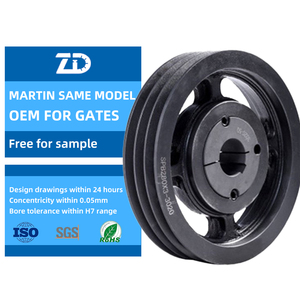
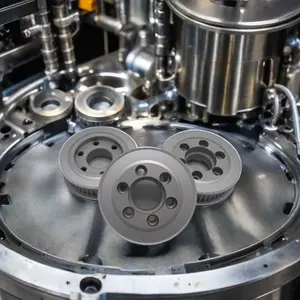

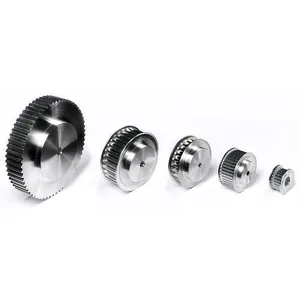



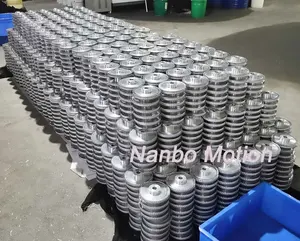




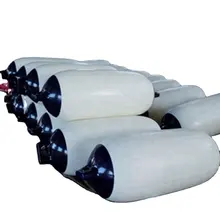
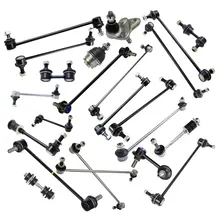
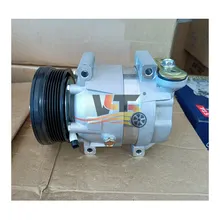
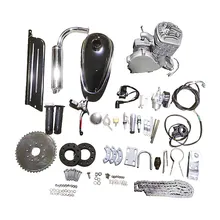

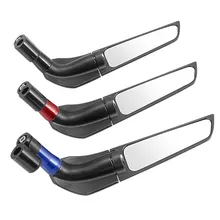


























 浙公网安备 33010002000092号
浙公网安备 33010002000092号 浙B2-20120091-4
浙B2-20120091-4